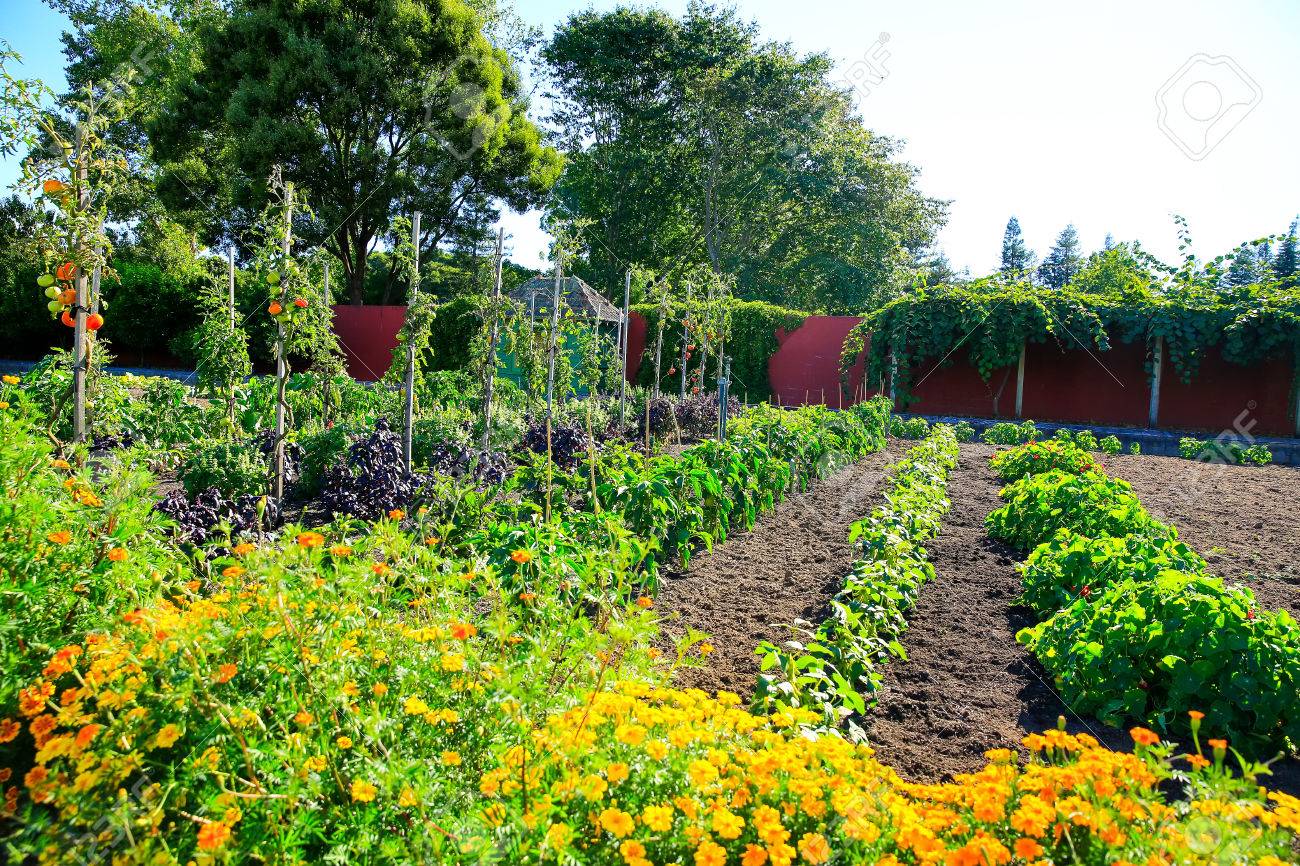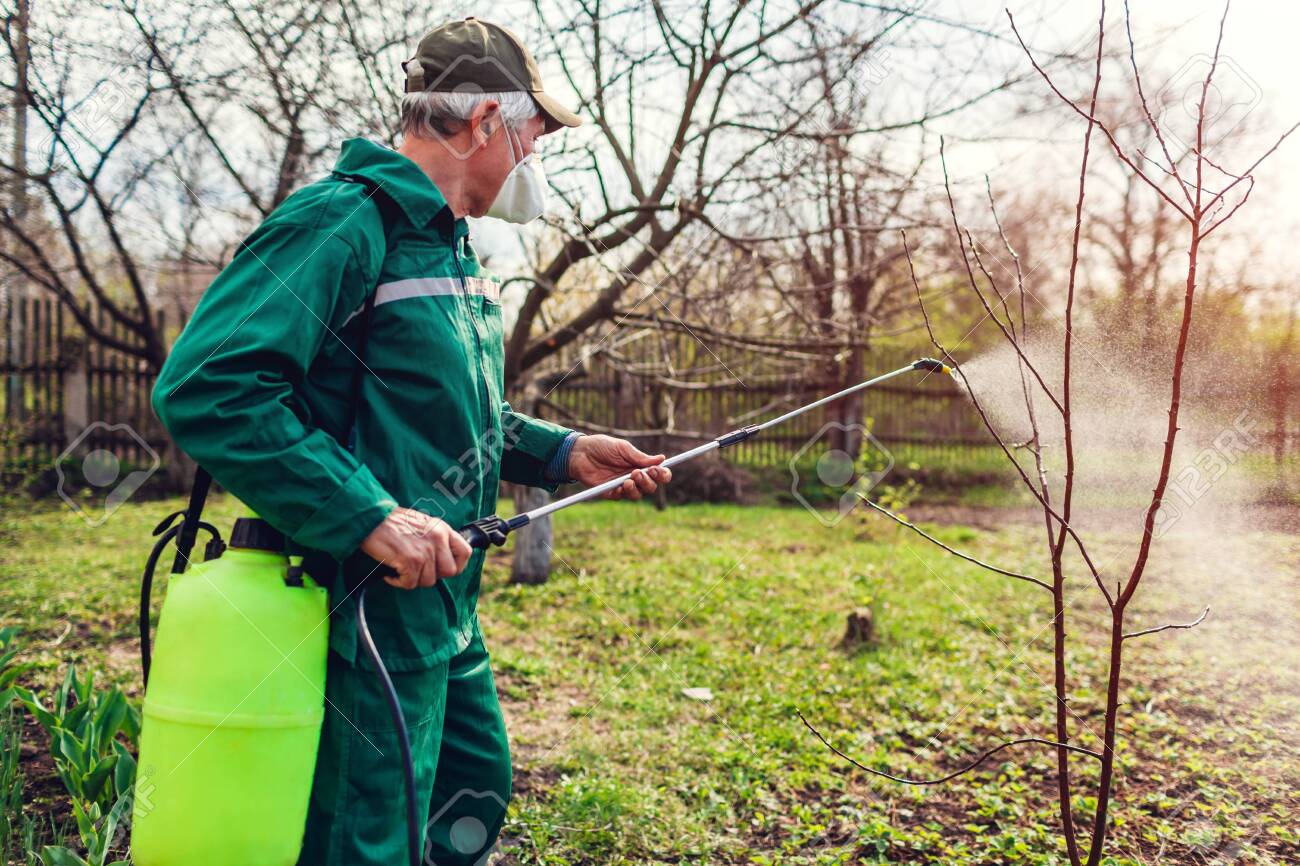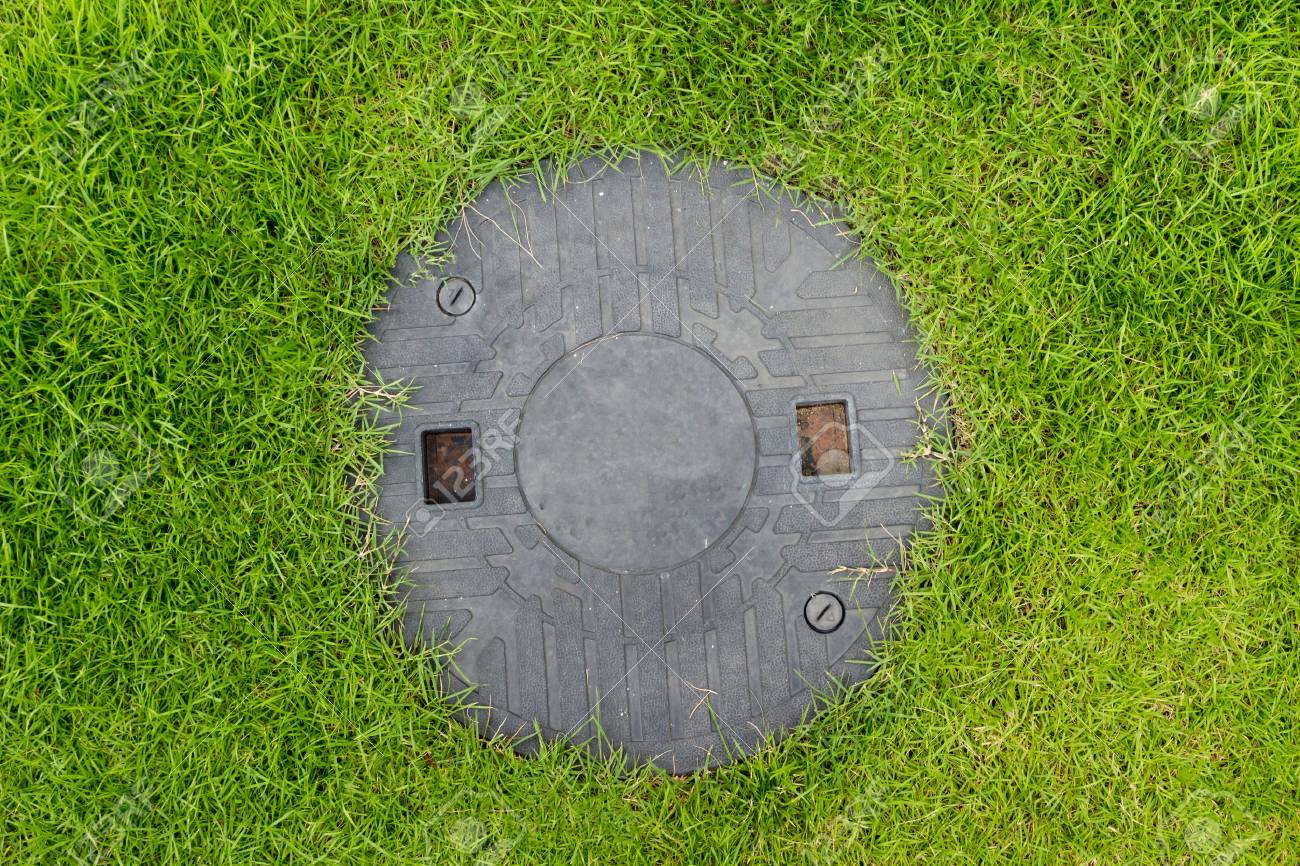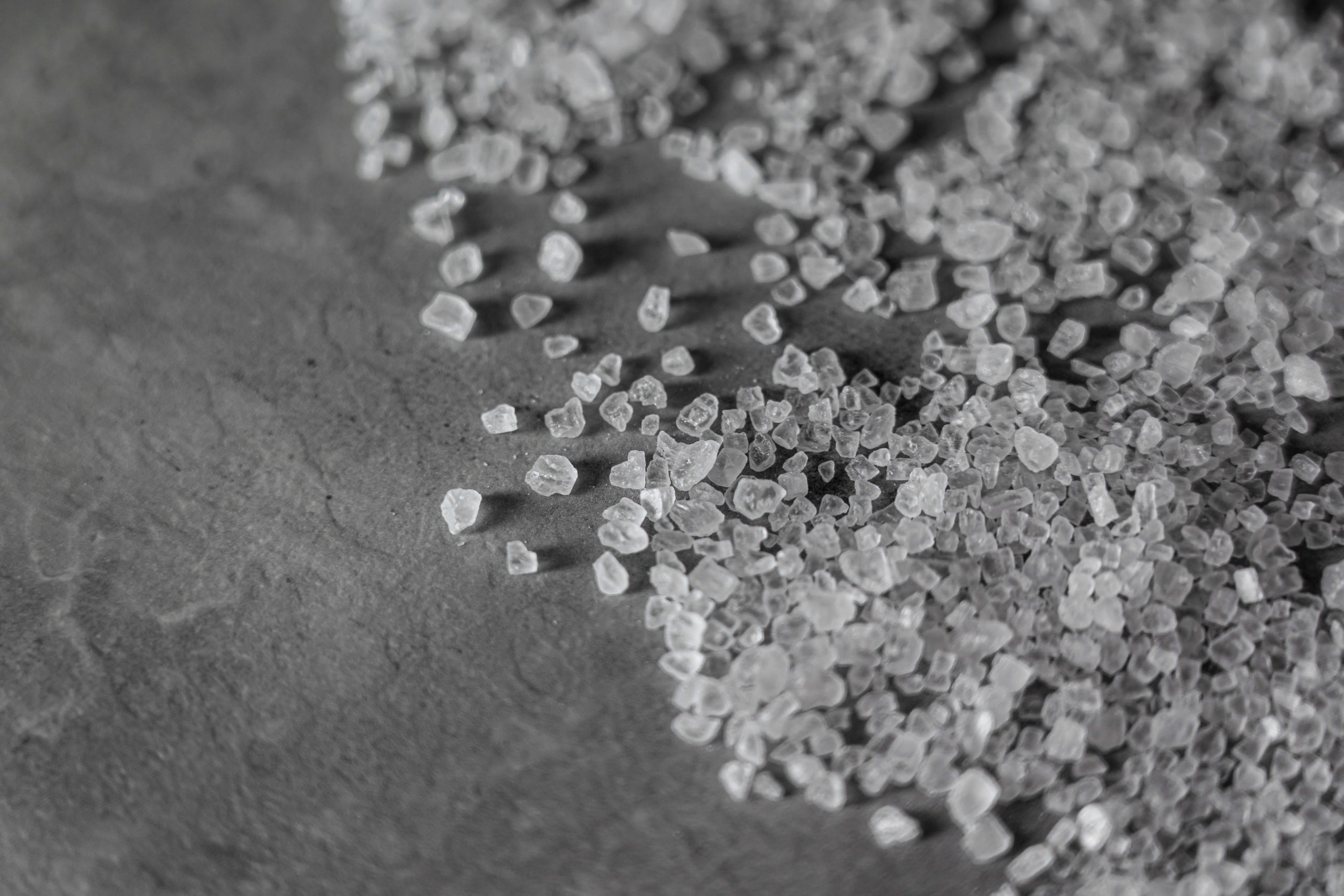2009 Conservation Projects
Chesapeake Bay Program
A combination of 10 multi‐log vane deflectors, two singles log deflectors, stream bank fencing and a stream crossing were installed through a Chesapeake Bay Mini Grant on the Mahantango Creek in the summer of 2009. The log deflectors redirect the flow of the stream to the center of the channel, reducing erosion while creating habitat for aquatic species.
High tensile stream bank fencing was installed on the farm to keep the heifers out of the stream. This allowed riparian buffers to grow along the stream banks, creating more aquatic habitat and cooling the stream with its shade. This is important to oxygen levels in the water because the warmer the stream water, the less oxygen is available for aquatic life. A stabilized crossing on the stream will allow the cattle to move from either side, without eroding the stream bottom. This project, along with many others, reduces the amount of nutrients and sediments in our watershed, and works toward restoring the viability of our waters.
Erosion & Sedimentation
The Dirt & Gravel Roads Program provides grant money to Municipalities for improving problem roads. This is achieved by implementing maintenance practices such as a French mattress installation. This practice involves coarse rock that is wrapped in fabric so water can pass through freely. We fund these projects after a ranking by our Quality Assurance Board. Shown in the picture is a road before, during, and after the installation.
Ag Land Preservation
The Northumberland County Conservation District provides administrative support to the Northumberland County Agricultural Land Preservation Board (NCALPB) in a commitment to help protect viable farmland from future development. This is done through purchasing the easements of voluntary landowners who wish to keep their farm from being developed.
In 2009, the State AgLand Preservation Board approved Northumberland County’s 15th easement, the George Pick farm which is a crop and heifer farm in Delaware Township, bringing the total number of acres preserved in the county to 1,830 acres. The NCALPB has begun another purchase which will be completed in early 2010. At the end of 2009, the NCALPB decided to postpone its open enrollment period due to a lack of funding. The list of applicants now waiting for easement purchase is 55 farms, totaling 5,862 acres.
Working with Watersheds
The Little Shamokin Creek Watershed Association stabilized approximately 600 feet of stream bank using fish habitat structures during the summer/fall of 2009. This picture shows 200 feet of stabilization using a modified mud sill crib. This structure uses a combination of logs, which are anchored using rebar, rock, and oak boards to stabilize the existing bank and trees. An “overhang” effect is established which provides a cool, shaded place for fish. The site is seeded and mulched to encourage vegetative growth which also traps sediment and excess nutrient runoff before getting to the stream. The group is planning several more projects for summer of 2010.
NCCD Educational Programs
The NCCD offers a variety of educational programs throughout the year. We work with all ages of target audiences in planning workshops and events that promote wise use of our natural resources. Some popular programs include our annual Winter Conference and Twilight Meetings for our local agricultural community, the Susquehanna Valley Envirothon program for high school students, and our summer youth programs such as YAC (Youth, Agriculture, Conservation) and Ag‐Citement. Classroom presentations are also given on various environmental education subjects, and the NCCD also hosts events in the Dave Unger Environmental Education Center located in the basement of our building. At the left, farmers learn about how to improve barnyard runoff. To the right, students examine a soil pit at the Susquehanna Valley Envirothon held each May at the Shikellamy State Park Overlook.
Questions?
Contact Nathan Brophy at our office today at 570-495-4665 x 305 or nbrophy@nccdpa.org. We look forward to hearing from you!















